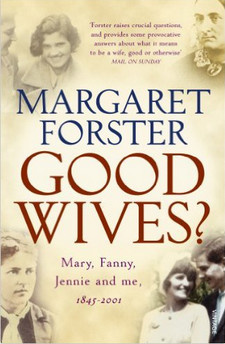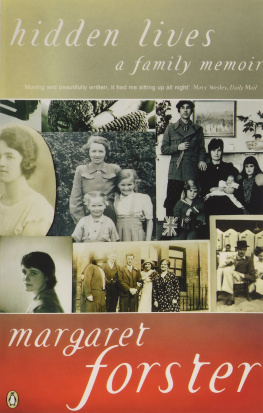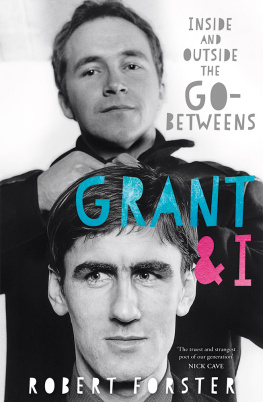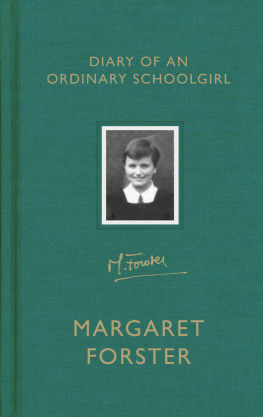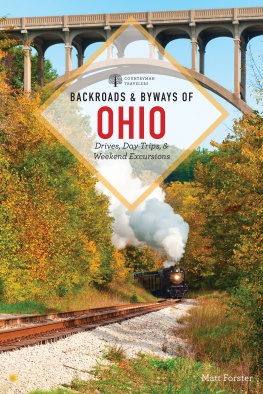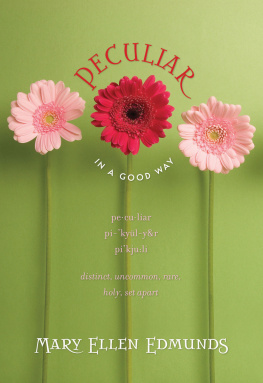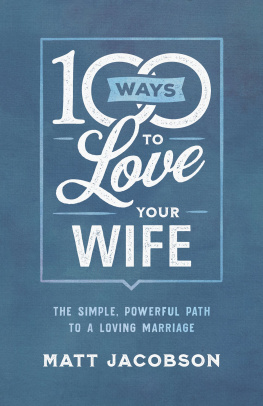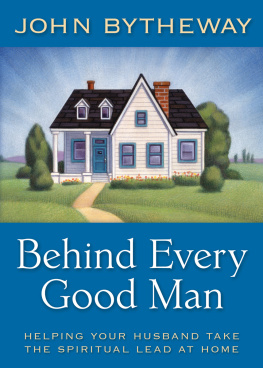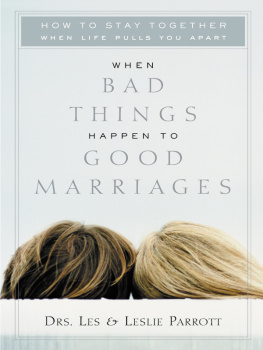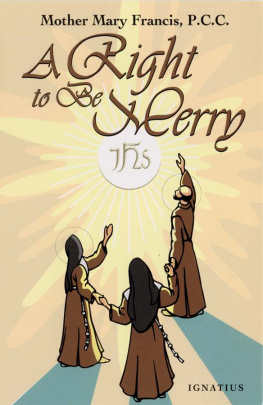Forster - Good Wives: Mary, Fanny, Jennie and Me, 1845-2001
Here you can read online Forster - Good Wives: Mary, Fanny, Jennie and Me, 1845-2001 full text of the book (entire story) in english for free. Download pdf and epub, get meaning, cover and reviews about this ebook. year: 2016, publisher: Random House, genre: Non-fiction. Description of the work, (preface) as well as reviews are available. Best literature library LitArk.com created for fans of good reading and offers a wide selection of genres:
Romance novel
Science fiction
Adventure
Detective
Science
History
Home and family
Prose
Art
Politics
Computer
Non-fiction
Religion
Business
Children
Humor
Choose a favorite category and find really read worthwhile books. Enjoy immersion in the world of imagination, feel the emotions of the characters or learn something new for yourself, make an fascinating discovery.
- Book:Good Wives: Mary, Fanny, Jennie and Me, 1845-2001
- Author:
- Publisher:Random House
- Genre:
- Year:2016
- Rating:4 / 5
- Favourites:Add to favourites
- Your mark:
- 80
- 1
- 2
- 3
- 4
- 5
Good Wives: Mary, Fanny, Jennie and Me, 1845-2001: summary, description and annotation
We offer to read an annotation, description, summary or preface (depends on what the author of the book "Good Wives: Mary, Fanny, Jennie and Me, 1845-2001" wrote himself). If you haven't found the necessary information about the book — write in the comments, we will try to find it.
Good Wives: Mary, Fanny, Jennie and Me, 1845-2001 — read online for free the complete book (whole text) full work
Below is the text of the book, divided by pages. System saving the place of the last page read, allows you to conveniently read the book "Good Wives: Mary, Fanny, Jennie and Me, 1845-2001" online for free, without having to search again every time where you left off. Put a bookmark, and you can go to the page where you finished reading at any time.
Font size:
Interval:
Bookmark:
Contents
About the Book
In 1848 Mary Moffatt became the devoted wife of the missionary and explorer David Livingstone in Africa and it eventually killed her. A hundred and twelve years later, in 1960, Margaret Forster married her school sweetheart Hunter Davies in a London Registry Office and forty years later they are still married. Between those two marriages and their experience is a huge gulf during which time womens lives changed immeasurably, and the notion of marriage evolved through the other two marriages under the spotlight here, that of the unconventional Fanny Stevenson (wife of Robert Louis Stevenson) in the late 19th century and across continents and of our own charismatic 20th century Jennie Lee (wife of Aneurin Bevan), a politician in her own right. But curiously some aspects and attitudes remained fixed and immutable and found an echo in Forsters own life. Have these fixed points finally shifted now, with the coming of the 21st century? What was and is now a good wife? Why do couples still marry in church in an age of unbelief? Taking up where Hidden Lives left off, these are some of the questions Forster asks as she weaves personal experience, and the experiences of her own mother and grandmother, through the stories of three women who have long fascinated her. The emphasis is on aspects of these womens lives never focused on before, on the kind of personal and intimate and everyday detail which has intrigued and gripped readers of Forsters memoirs, biographies and fiction.
About the Author
Margaret Forster is the acclaimed author of best-selling novels, most recently The Memory Box, as well as biographies, of Elizabeth Barrett Browning and Daphne du Maurier, and two memoirs, Hidden Lives and Precious Lives. She lives in London and the Lake District.
Also by Margaret Forster
Fiction
Dames Delight
Georgy Girl
The Bogeyman
The Travels of Maudie Tipstaff
The Park
Miss Owen-Owen is At Home
Fenella Phizackerley
Mr Bones Retreat
The Seduction of Mrs Pendlebury
Mother Can You Hear Me?
The Bride of Lowther Fell
Marital Rites
Private Papers
Have the Men Had Enough?
Ladys Maid
The Battle for Christabel
Mothers Boys
Shadow Baby
The Memory Box
Over
Non-fiction
The Rash Adventurer:
The Rise and Fall of Charles Edward Stuart
William Makepeace Thackeray:
Memoirs of a Victorian Gentleman
Significant Sisters:
The Grassroots of Active Feminism 18381939
Elizabeth Barrett Browning
Daphne du Maurier
Hidden Lives
Rich Desserts & Captains Thin:
A Family & Their Times 18311931
Precious Lives
Poetry
Selected Poems of Elizabeth Barrett Browning (Editor)
List of Illustrations
Facing Prologue
. Margaret Forster, front right, as bridesmaid, aged 11.
. Margaret Forster and Hunter Davies on their wedding day.
. David Livingstone, aged 39. (National Portrait Gallery, London)
. Mary Livingstone, in her thirties. (David Livingstone Centre, Blantyre)
. Map showing how far Livingstone travelled between 1841 and 1852. (from Livingstone by Tim Jeal/ Pimlico Press)
. The Livingstone family in 1857. (David Livingstone Centre, Blantyre)
. Fanny Osbourne, aged thirty-six. (Beinecke Rare Book and Manuscript Library, Yale University)
. Portrait of Robert Louis Stevenson, c. 1880, by Alice Boughton. (National Portrait Gallery, London)
. The Stevenson family in 1891, on the veranda at Vailima, Samoa. (National Portrait Gallery, London, from Camera Portraits: 150 Portraits from the National Portrait Gallery 18391989, photo J. Davis)
. The Stevensons photographed on a trip to Sydney in 1893. (Writers Museum, Edinburgh/City of Edinburgh Council)
. Jennie Lee, newly elected MP for North Lanark. (Sport & General Press Agency, London/Alpha)
. Jennie Lee and Aneuran Bevin on their wedding day. (Hulton Deutsch Collection Ltd, London)
. Jennie Lee addressing a rally in Trafalgar Square in 1937. (NMPFT/Science & Society Picture Library)
. Jennie and Aneuran Bevin, married for over 25 years. (PA Reuters Photos Ltd)
. Margaret and Hunter Davies, silver wedding anniversary.
. Margaret and Hunter Davies, June 2001.
Margaret Forster
GOOD WIVES?
Mary, Fanny, Jennie and Me
18452001

Prologue
In July 1949, when I was eleven years old, I was a bridesmaid. I was just young enough still to be thrilled with the rose-pink satin dress and with the coronet of tiny rosebuds, which sat so perfectly on my long, wavy fair hair. At last I was that creature Id always yearned to be, a princess. I could hardly wait for the wedding, when I would have the honour of carrying the brides white chiffon train all the way down the aisle. But my deeply religious mother disapproved of my wild excitement. Weddings were serious. A man and a woman were to be married in the sight of God this was not a party, not an excuse for the sort of preening in which I gloried. She didnt want me being silly. There were to be no giggles, no tossing of my hair, no calling of attention to myself. Instead, in church I was to listen. I was to listen very carefully indeed to the words.
So I listened, as my mother undoubtedly knew I would. For a child, I was a good listener (too good, it was often said, because my listening inevitably resulted in irritating questions of the sort difficult to answer). I stood behind the bride, glad to have the posy of white and pink roses back in my eager hands once Id relinquished the train, and I listened intently to what the vicar said. It was simple enough when it came to the vows, merely a question-and-answer routine. But I spotted the difference in the questions easily. Wilt thou have this woman to thy wedded wife? the bridegroom was asked, and then, a little later on, Wilt thou love her, comfort her, honour, and keep her in sickness and in health? But to the bride, the vicar said, Wilt thou have this man to thy wedded husband wilt thou obey him, and serve him, love, honour, and keep him, in sickness and in health? I remember looking around to see if anyone else had noticed something odd, and catching the eye of my mother, who frowned and gestured that I should pay attention. But I was paying attention. And Id heard that word obey only when the bride was being questioned. Why did she have to promise to obey and he did not?
It was only 1949. It was only an ordinary parish church in Caldewgate, a poor area of Carlisle. It was only a marriage service which had been used for hundreds of years without anyone apparently finding one word in it unfair. I doubt if there was a single woman, never mind a man, in that congregation who objected to the brides making that promise. But I objected. The moment the photographs had been taken, I was pulling at my mothers sleeve. Why did Jean have to say shed obey Ian, and Ian didnt say hed obey her? Why? Because thats the order of service in the prayer-book, my mother said. Who said it had to say that? Who? Why? My mother sighed. She knew it was no good just telling me to be quiet, or saying I should just accept that this was how things were, because that, in her experience, would only result in exhaustion her exhaustion as she valiantly tried to satisfy my curiosity. So she said what she was quite often obliged to say Later, well go into it later, not now.
Next pageFont size:
Interval:
Bookmark:
Similar books «Good Wives: Mary, Fanny, Jennie and Me, 1845-2001»
Look at similar books to Good Wives: Mary, Fanny, Jennie and Me, 1845-2001. We have selected literature similar in name and meaning in the hope of providing readers with more options to find new, interesting, not yet read works.
Discussion, reviews of the book Good Wives: Mary, Fanny, Jennie and Me, 1845-2001 and just readers' own opinions. Leave your comments, write what you think about the work, its meaning or the main characters. Specify what exactly you liked and what you didn't like, and why you think so.

